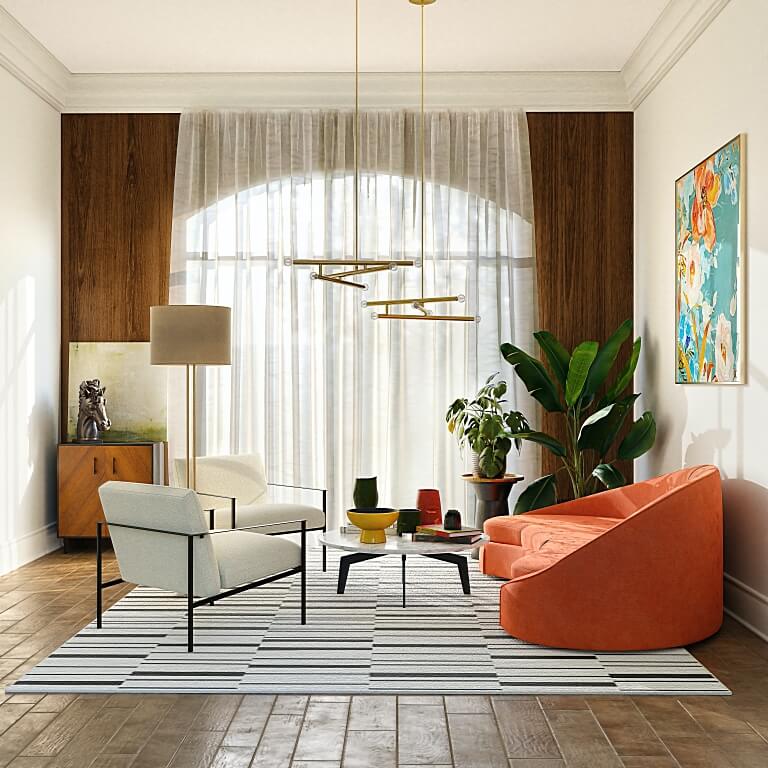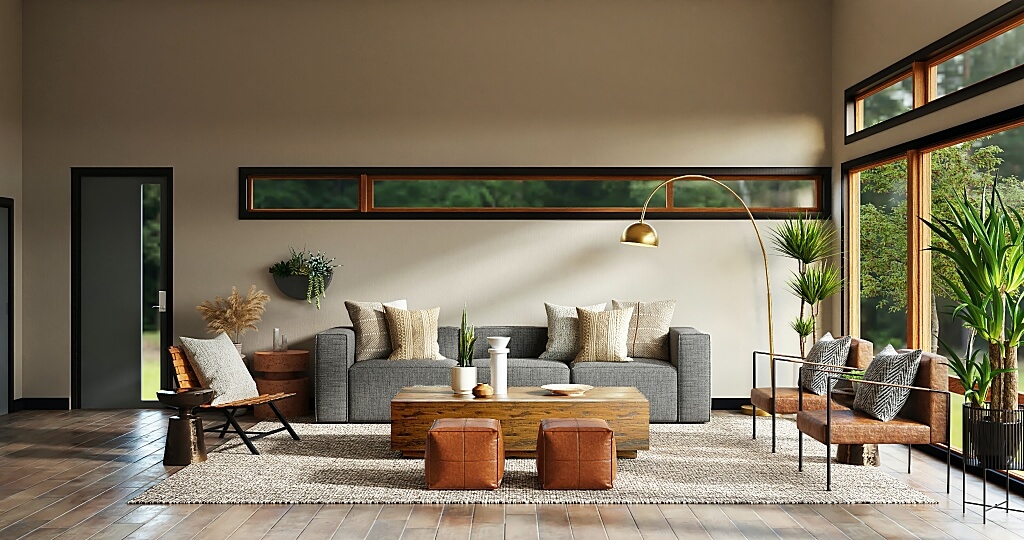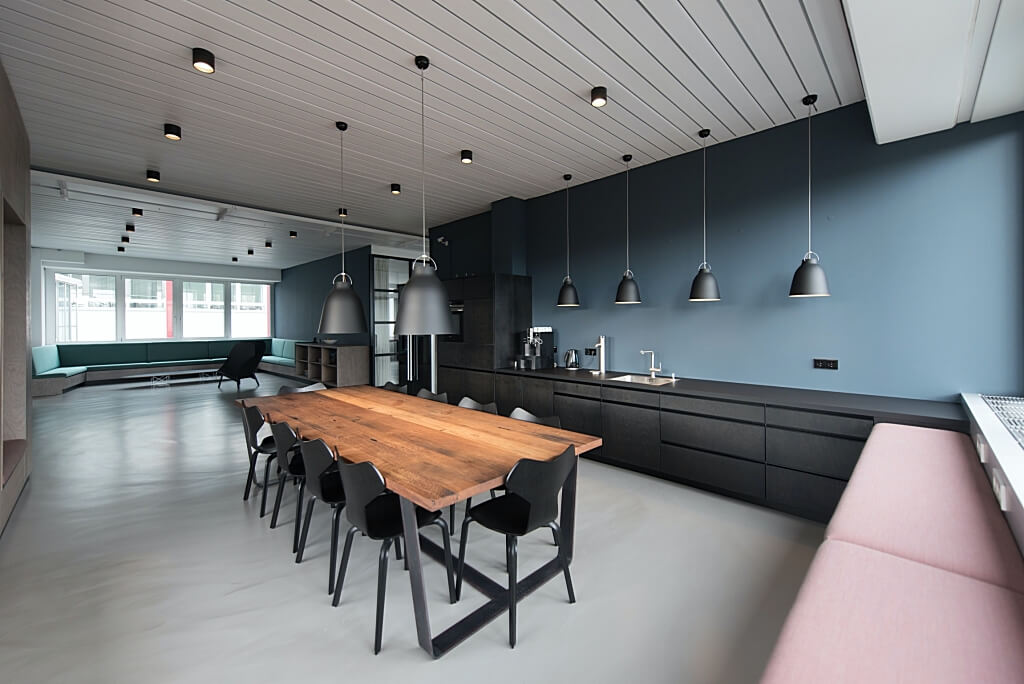Acoustics in interior design
09/06/2022 2022-06-09 17:44Acoustics in interior design
Acoustics is the entirety of all processes involved in the production, transmission, control, and reception of sound. Contrary to the popular opinion that acoustics is only used for music or architecture, acoustics covers a wide range of human endeavours. It plays a substantial role in deciding the energy and characteristics of an interior space.
 What is Acoustics?
What is Acoustics?
Acoustics in simple terms is everything to do with sounds and it is one of the most powerful elements in life. It is the vibration that makes people hear. It has a substantial impact on our feelings, emotions, and attitude. Besides, sound reveals the characteristics of the environment. Sound can quickly become noise if the environment is not conditioned appropriately. To feel most comfortable and to enjoy a living or working space, the place needs to be treated acoustically. It greatly contributes significantly to how a person experiences a location or space.
How is Acoustics important?
Human health and productivity are of great importance as we spend most of our time indoors either in our homes or in our office spaces. A very large percentage of the population irrespective of their jobs and lifestyle experience headaches, high blood pressure, heart disease, etc. One of the major contributing factors ranging from constant unease and increased stress levels, could be constant exposure to loud and unpleasant noise. This often goes unnoticed or we tend to dismiss it as a part of the environment and learn to live with it and not pay heed to the significant damage it has on our health due to long term exposure.
 Acoustics treatment
Acoustics treatment
One way to alleviate your living conditions is to treat the room or your living space to treat and regulate noise control i.e., The acoustics of a room needs to be treated or regulated for efficient noise control. This process might include using acoustic panels in the walls and floor treatments to reduce the reverberation time, reduce noise, and make speech intelligible without anyone having to shout before they could hear one another appropriately.
Every room can be treated acoustically for an enjoyable and pleasant living experience. With an experienced acoustic designer or an interior designer with sound knowledge of acoustics, your room acoustics can become more enjoyable and functional. With the acoustic treatment of each room, you can experience a boost on your psychological and emotional balance.
 Acoustics & Interior designing
Acoustics & Interior designing
Technological advancement has seen every aspect of human life and functions to benefit and progress. Interior design has largely benefited from the development in knowledge and understanding brought about by technology. Interior design does improve not only the aesthetics of the internal space but also impact the extra-functional aspects.
 Except for professionals with well-trained ears, room acoustics goes largely noticed. Since several activities take place in any given room, there may not be a one size fits all acoustic treatment for all sound-related activities in the room. However, the primary use of a place will determine the custom acoustic treatment that will be applied.
Except for professionals with well-trained ears, room acoustics goes largely noticed. Since several activities take place in any given room, there may not be a one size fits all acoustic treatment for all sound-related activities in the room. However, the primary use of a place will determine the custom acoustic treatment that will be applied.
Customized Acoustic design
Acoustics of a room should be designed along with the interior of the room. The primary purpose of acoustic design is to manage the sound within the space effectively. As a result, the acoustics of a room should be considered at the start of the interior design process.
Based on the uniqueness of sound, and the acoustics of a home resulting from different activities, the acoustics of a room should be factored into the interior design of a place to suit the primary activity that the room is designed for. Every activity has its related challenges; as a result, its customized acoustic design. The interior design team usually helps in making the perfect decisions when they know the purpose space will be used for.
Steps to create the right acoustic design for space
Step 1 – Consider the entire layout or floor plan of a building and separate the quiet rooms from the noisy ones.
Step 2 – Avoid extremely high ceilings in areas where background noise control may be difficult, like the dining rooms.
Step 3 – Remove or reduce background noises from their sources such as air-conditioning or a washing machine or machinery in a work environment.
Step 4 – Create the right layout of the room and furniture to make communication intelligible and without stress
Acoustics remains an indispensable part of interior design as the need for audibility and noise reduction is part of any space or room. Hence, an expert in the field like an architect or interior designer should be consulted for the perfect acoustic solution for your area.













